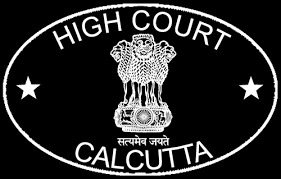Norman Macleod, Kt., C.J.@mdashThe only question in this appeal is whether Exhibit 29A has been proved. The plaintiff''s title to the suit property would stand or fall on that document which is a sale deed. As the lower appellate Court says:
It purports to have been passed by defendant No. 1, but defendant No. 1 has not been examined, nor has the signature alleged to be his, been verified, nor has the writer of the document or any of the witnesses who purport to have attested it, been examined. In these circumstances can it be said that the document has been proved.
2. The answer at first impression to that question would certainly be in the negative. When the appeal came up for admission before me, it was urged that u/s 60 of the Indian Registration Act the certificate of the registering officer was admissible for the purpose of proving not only that the document had been duly registered in the manner provided by this Act, but also that the facts mentioned in the endorsements referred to in Section 59 have occurred as therein mentioned. Reference was made to
On the document here there are endorsements made in accordance with the provisions of Section 58, and in those endorsements it is stated that the executants admit execution of the document and receipt of money. We are unable sitting here in second appeal to say that these endorsements prove the execution and the receipt of consideration money, but we are able to say that the endorsements may be admissible for that purpose. We must therefore reverse the decree of the lower appellate Court and send back the case for re-determination in the light of these remarks. At the same time we desire to make it clear that though the certificate is admissible for the purpose of proving that the facts mentioned in the endorsement occurred as therein mentioned, we do not wish to fetter the discretion of the Court, or to suggest that by reason of those endorsements the Judge is bound to hold that there has been such execution and payment as the endorsements suggest.
3. The only effect of that decision is that the certificate can be considered as proving certain facts within the meaning of Section 60 of the Indian Registration Act. These facts might go so far in this case as to show that the person purporting to sign Ex. 29A admitted his signature before the Registrar. In the absence of any further evidence, and no evidence was led in the Courts below, that would not be evidence of the necessary link in the chain that the person who admitted execution before the Registrar was the person who could give title to the plaintiff. The only facts which are mentioned in the endorsement are that a certain person admitted execution, and one is entitled to presume that the person who admitted execution was the person who signed the deed. But that, as I have tried to point out, does not of itself prove who signed the deed. It is useless, therefore, in my opinion, to send down the case for further examination by the Court below. It is unfortunate for the plaintiff that he was unable to prove his document, but as the evidence stands he was bound to fail. The appeal, therefore, will be dismissed with costs.

